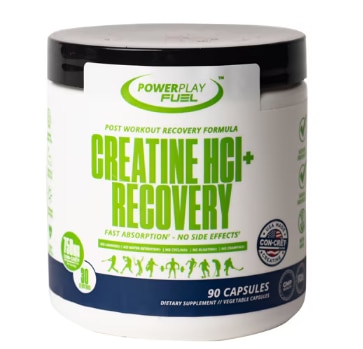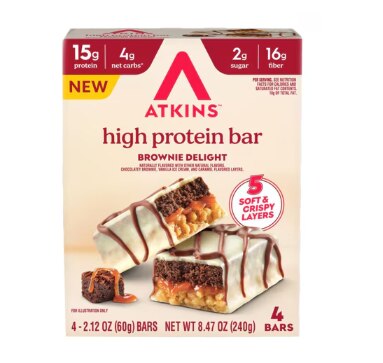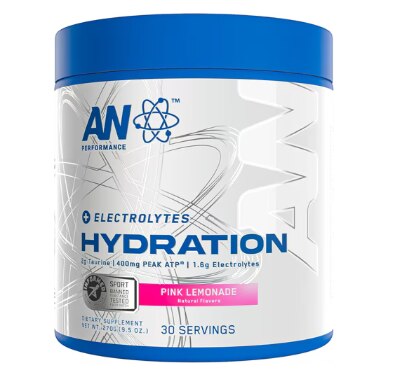Ever had a shoulder massage or used a foam roller and hit a sore spot that made you wince? Those little pain points are called muscle knots, or myofascial trigger points, if we’re getting technical. They’re tight bands in your muscles that get irritated and tender, especially when compressed. And they’re incredibly common, with around 85% of people dealing with them at some point.
Muscle knots are popping up more in our tech-heavy routines, and there’s a clear link between heavy smartphone use (especially with that head-down posture) and knots in the neck and shoulders. Add in hours at a desk or repetitive motions, and it’s no surprise so many people feel stiff, sore or downright uncomfortable.
The upside is that these knots are usually easy to treat. Simple options like heat, stretching and massage often do the trick. More stubborn ones might respond better to dry needling or other hands-on therapies. Many knots go away on their own within a week or two, and with a few posture tweaks and movement breaks, you can help keep them from coming back.
What Are Muscle Knots?
Muscle knots are tight, tender spots buried in bands of muscle. On average, there are about 100 stuck-in-contraction sarcomeres packed into each knot, making them stiffer and thicker than healthy muscle fibers. The fascia around them also tightens and loses elasticity, contributing to that firm, nodular feel you can often feel when you press down on the tight spot.
There are two main types of muscle knots: active trigger points, which hurt on their own and are easy to pinpoint as the source of pain, while latent ones aren’t noticeable until you press them, but can still turn into active pain sources later.
These spots tend to show up in the neck, shoulders, upper traps, mid-back, forearms and calves, which are muscles that take the hit from bad posture and repetitive strain. Once they form, knots can send pain to seemingly unrelated areas, limit movement, sap strength and make muscles tire out faster.
What Causes Muscle Knots?
Muscle knots often show up when your muscles are pushed too hard for too long, as with poor posture, overuse or repeating the same movement day after day. Key culprits include sustained contractions, trauma and both high- and low-intensity muscle loading.
And thanks to our tech habits, a new trigger has emerged: smartphone use. Research now links forward head posture, especially during extended phone use, to an uptick in knots in the levator scapula and cervical erector muscles.
Inside a muscle knot, several things go wrong at once. Overworked fibers stay shortened and locked in contraction, while the surrounding fascia thickens and loses flexibility. Blood flow drops off, leading to inflammation, and at the cellular level, actin and myosin proteins stay stuck together even without nerve signals.
Everyday triggers include:
- Long hours at a computer with your neck bent
- Slouching over a phone
- Poor workstation setup (like screens too low)
- Visual/postural stress from desk work
- Repetitive tasks or chronic muscle tension
How to Get Rid of Muscle Knots
Many muscle knots clear up on their own within a week or two. But if you’re looking for faster relief or dealing with stubborn knots, there are several well-researched treatment options worth trying.
Heat and cold therapy
Both heat and cold can ease trigger point pain, but they work differently. Heat helps by expanding tissues and relaxing nearby muscle fibers, which reduces the internal strain in the knot. Cold, on the other hand, is better at reducing trigger point activation overall. For best results, apply a heating pad or ice pack for 15–20 minutes, a few times a day, to calm inflammation and reduce discomfort.
Stretching and massage
Stretching encourages blood flow and helps tissues “slide and glide” more smoothly, though it doesn’t “release” knots on its own. For self-massage, research suggests holding steady pressure on the most tender spot with a foam roller for about 90 seconds can raise your pain threshold more effectively than rolling back and forth.
Massage guns are also a convenient option that uses rhythmic percussive pulses to reduce musculoskeletal pain and boost flexibility, with evidence backing benefits for both single-session and repeated use. A session with a professional massage therapist can give you similar short-term relief, usually lasting a day or two.
Exercise programs
Exercise is often the go-to treatment for muscle knots since it’s safe, low cost and comes with extra health perks. Studies show exercising can give you modest pain relief and more noticeable improvements in pressure sensitivity and flexibility. Programs that combine stretching and strengthening for 1 to 5 sessions lasting anywhere from 10 to 60 minutes are most effective.
Professional treatments
Dry needling has some of the strongest support in the research. In one study, 79% of patients had their trigger points either resolve or shift from active to latent after just three weekly sessions. Those who responded saw pain drop by an average of 2.87 points—much more than the 1-point drop in non-responders. For tougher cases, trigger point injections with local anesthetic offer relief starting within 24–72 hours and can last about a month.
How to Prevent Muscle Knots
Stopping muscle knots before they start is often simpler than treating them. Chronic stress is a known contributor because it wears muscles down and raises your risk of developing trigger points. So, a few small changes in your setup and routine can go a long way.
Ergonomic improvements
Your workspace setup matters. Keeping screens at eye level and your arms comfortably level with your keyboard can prevent the neck craning and shoulder hunching that often lead to muscle tension. When using your phone, avoid tilting your head too far forward as this “text neck” posture is a key risk factor for knots in the neck and shoulders.
Movement and activity habits
Simple shifts in daily habits make a big difference:
- Take short movement breaks every 20 minutes
- Stretch or change positions throughout the day
- Walk around the room or do a few neck rolls
- Pay attention to early signs of tension and don’t push through it
Exercise and fitness
Consistent strength training helps muscles handle daily demands without becoming overloaded. A meta-analysis found that exercising 1–5 times per week for 1–24 weeks significantly reduced the risk of trigger point development. The key is to progress gradually and avoid jumping into high-intensity workouts too fast.
Lifestyle modifications
A few lifestyle tweaks can build long-term muscle resilience:
- Manage stress. Relaxation practices help prevent tension buildup
- Prioritize sleep. Poor sleep habits raise your risk of muscle knots
- Be tech smart. Limit screen time and maintain good posture
- Stay hydrated. Muscles need water to recover and function well
When to Seek Professional Help
Most muscle knots settle down with basic self-care, but if they keep hanging on or start interfering with daily life, it might be time to bring in a pro. Here are some signs you should consider professional treatment:
- Pain sticks around longer than 2–3 weeks despite self-care
- Sleep, work, or daily movement is disrupted
- Range of motion doesn’t improve with stretching
- Knots keep coming back in the same spots
- Pain is spreading or getting worse over time
When at-home treatments like heat, stretching, massage, or over-the-counter meds aren’t enough, trigger point injections can help reset the system. They reduce pain enough to make physical therapy more effective and break the pain cycle.
Professional treatment options range from physical therapists who can provide dry needling and personalized exercise plans, as well as medical doctors who assess for underlying conditions and administer trigger point injections. For more complex or chronic cases, pain specialists may step in.
Early action matters, so don’t wait until the pain sidelines you. Addressing persistent knots early often leads to faster recovery and prevents movement compensations that can create new issues down the line.




